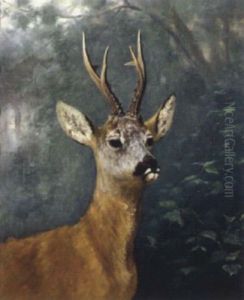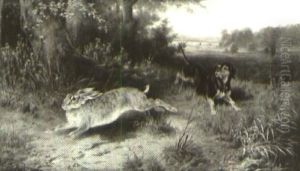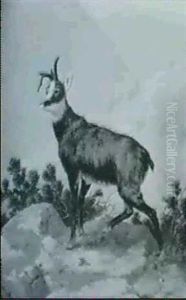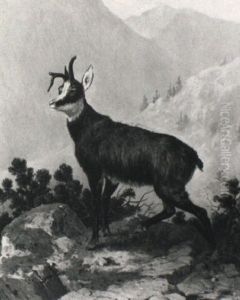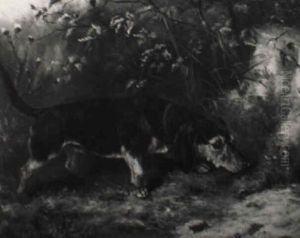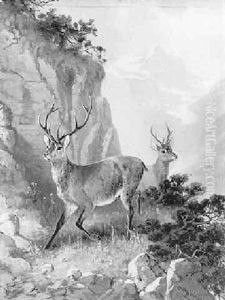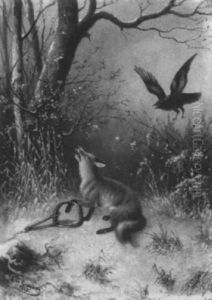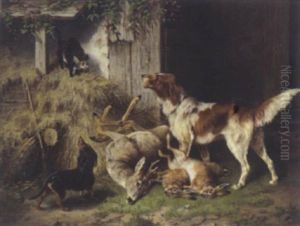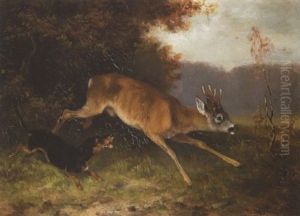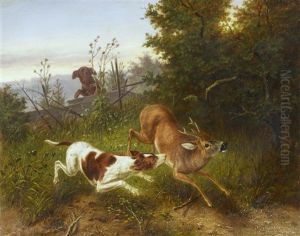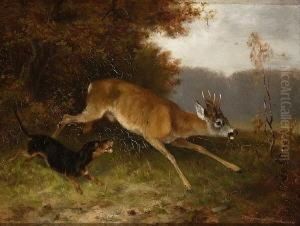Otto Grashey Paintings
Otto Grashey was a German photographer and lithographer known for his significant contributions to the world of medical photography during the late 19th and early 20th centuries. Born in 1839, Grashey's work is particularly notable for its intersection with the field of psychiatry, making him a pivotal figure in the use of photography for medical documentation and education.
Grashey's career was closely tied to the advancements in psychiatric care and the increasing acceptance of photography as a scientific tool. He was not only a photographer but also involved in the production of lithographs, which were essential for the reproduction of medical illustrations in textbooks and journals at the time. His work provided an invaluable visual aid for the diagnosis and understanding of mental health conditions, at a time when psychiatry was beginning to emerge as a distinct medical field.
One of Grashey's most significant contributions was his association with the German psychiatrist Bernhard von Gudden, who was a leading figure in neuroanatomy and psychiatric disorders. Grashey married Gudden's daughter, which further solidified his connections to the forefront of psychiatric research. Through this relationship, he gained unique access to clinical cases and the latest findings in psychiatry, which he meticulously documented with his camera. His photographs often served as educational tools, helping to train medical professionals and disseminate new knowledge in the field.
Despite the importance of his work, Otto Grashey remains a somewhat obscure figure, overshadowed by the medical professionals he collaborated with. However, his contributions to medical photography and the visual documentation of psychiatric conditions are undeniable. He helped to pioneer a new approach in medical documentation, combining technical skill with a keen eye for detail that captured the human aspect of psychiatric conditions.
Grashey's legacy is preserved through the collections of his photographs and lithographs that exist in medical and art archives. These collections serve as a historical record of the intersection between art, science, and medicine at the turn of the 20th century. Otto Grashey passed away in 1914, leaving behind a body of work that continues to be of interest to historians, medical professionals, and art historians alike, for its contribution to the understanding and treatment of mental health conditions.
